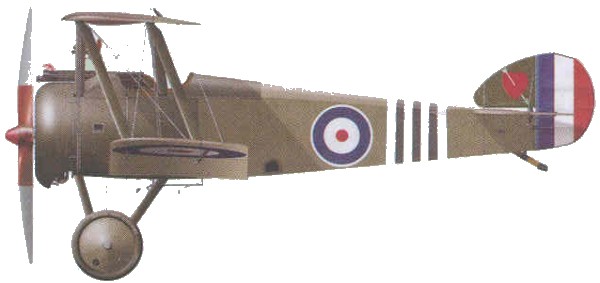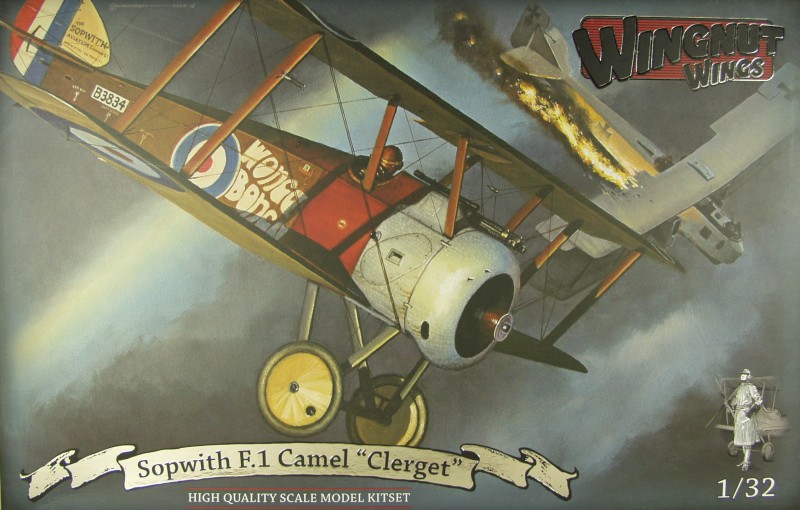Sopwith F.1 Camel

The
Sopwith Camel, so named for the hump over its guns,
is
probably the most famous of all First World War fighters,
if not by
sight, then by name. Sopwith developed the Camel in late
1916 in an
effort to overcome the single gun handicap suffered by
their successful
80hp Pup and improve performance with a more powerful
engine.The
initial F.1 Camel prototype was unveiled in December 1916
and featured
two Vickers Mk.1 machine guns and a 110hp Clerget
engine.The Camel
featured a top wing with no dihedral and coupled with a 5"
dihedral on
the bottom wing which combined with its concentrated
center of gravity,
helped contribute to its high maneuverability and a well
deserved
reputation as a difficult and sometimes dangerous
aircraft to
fly. Before going into production the engine was increased
to a 130hp
Clerget engine. Initial problems with performance above
10,000 feet was
attributed mostly to poor quality of British manufactured
Clerget
engines. Various engines were eventually used. After its
initial
teething problems were ironed out the Camel proved to be a
highly
capable fighter and along with the SE.5a and French SPADs,
helped wrest
air superiority back from the German Albatros fighters
towards the end
of 1917. The Camel was produced not only by Sopwith but
eight other
companies as well.
The Sopwith Camel's specifications as follows;
Wingspan 28'
Length 18.75'
Max speed 116 mph
Total number built 5,500 from January 1917 to 1919
Armament consisted of two Vickers .303 machine guns and up to
100lb of bombs.
The Kit

While most of the kits in the WNW series can be built out of the box to an excellent level of detail there seems to always be some after market items to enhance things. Many of them are for the engines which are small kits in and of themselves but they can be enhanced with wiring, spark plugs and valve springs. I have not given in to any of this yet and probably won't until I start building and find I have the desire to do some enhancement.
Links to kit builds or reviews
A thorough in box review can be found here, it is for the LeRhone variant but the only difference is the engine and decals and fairly complete build review here.
If you are interested in finding other reviews a good place to look is here. Just enter the aircraft name and search.
Back to
the WWI page